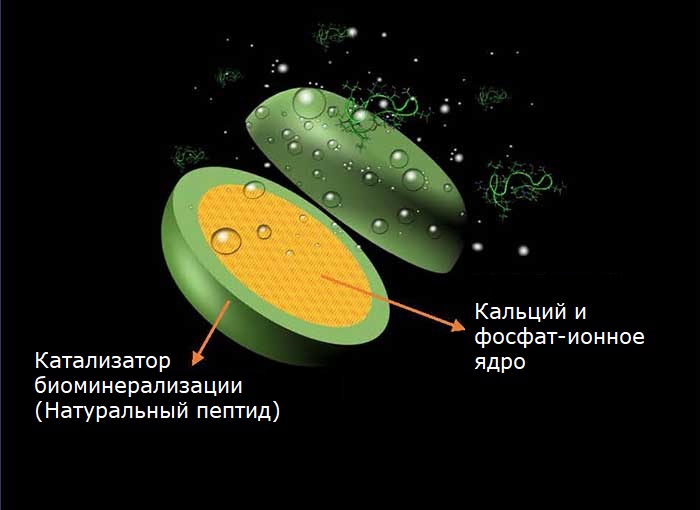
The lozenge uses a genetically engineered peptide and phosphorus and calcium ions to create new layers of enamel on the teeth.
Thanks to a team of researchers at the University of Washington, you may soon be able to buy breath mints that restore tooth enamel and whiten teeth.
The team is preparing to launch clinical trials of lozenges that contain a genetically engineered peptide or amino acid chain, as well as phosphorus and calcium ions, which are the building blocks of tooth enamel. The peptide is a derivative of amelogenin, a key protein in the formation of tooth enamel and tooth crown. It is also the key to the formation of tooth enamel, which makes up the surface of the tooth root.
Each lozenge deposits a few micrometers of new enamel on the teeth with a peptide that is designed to fuse with damaged enamel to repair it without affecting the soft tissues of the mouth. The new layer also connects to dentin, the living tissue below the surface of the tooth. Two lozenges a day can restore the enamel, and one lozenge a day can maintain a healthy layer. Lozenges that can be used to freshen the breath will be safe for both adults and children.
According to Professor Mehmet Sarikaya, team leader, researchers are discussing commercial applications with potential corporate partners. He is a professor in the Department of Materials Science and Engineering and an Assistant Professor in the Department of Oral Hygiene. Also playing an important role is Dr. Sami Dogan from the Department of Restorative Dentistry at the Faculty of Dentistry.
The pastilles create new enamel that is whiter than that created by teeth whitening strips or gels. They have another distinct advantage over conventional whitening methods, which are based on hydrogen peroxide, a whitening agent that can weaken tooth enamel after prolonged use. Because tooth enamel cannot heal spontaneously, underlying dentin can be exposed, which can lead to symptoms such as hypersensitivity, cracks and even gum disease. On the other hand, lozenges strengthen, restore and protect teeth.
While fluoride can also strengthen tooth enamel, it does not actively repair it. What's more, it dissolves relatively quickly, and its overall effectiveness depends largely on careful oral hygiene. At the same time, according to Dr. Dogan, the lozenge can be used along with fluoride. He added that fluoride can be in very low concentrations - about 20 percent of what is found in most fluoride toothpastes.
“We have three goals in clinical trials,” said Professor Sarikaya. “First, demonstrate effectiveness. Secondly, the documentation. Third, comparative analysis - comparing the whitening effect with existing commercial methods of care. " Researchers have already tested the lozenge on extracted teeth from humans, pigs and rats, as well as live rats.
The team also plans to develop companion products for use in dental surgeries, Dr. Dogan said, expecting this phase of trials to begin in March or April. “Each study will take two weeks, and we expect these trials to take no more than three months,” he said. The team is also developing an over-the-counter toothpaste, but hasn't set a release date.
In addition, researchers are studying a peptide-modified gel or solution for treating hypersensitive teeth. This problem arises from the weakness of the enamel, which makes the underlying dentin and nerves more vulnerable to heat or cold. The most common products currently on the market can coat the tooth with a layer of organic material and numb the nerves with potassium nitrate, but this is temporary relief. The peptide, however, constantly solves the problem at its source by strengthening the enamel.
The idea for the lozenges came from Denise Yuchesoy, a PhD student at the University of Washington State University's Center for Genetic Materials Engineering and Engineering, who received an Amazon Catalyst grant of US $ 100,000 through the CoMotion Commercialization Center to support the project in the early stages. Hanson Fong, Research Fellow in the Department of Materials Science and Engineering, also made key contributions.